Chard, Swiss chard? Not always clear what to call this old-fashioned vegetable with an apparently unappealing flavour, often shunned by cooks. Economical to buy and easy to grow, it proves a delicious vegetable when you take time to get to know it and to prepare it.
You might only imagine chard as the same old gratin, with an earthy taste? Discover all the subtleties of this unusual vegetable, which deserves to be revisited in many vegetarian variations!
Chard: both vegetable, ornamental plant and health asset!
Chard, or bette often refered to in French, still often called carde, and colloquially bêtes à cardes, or poirée, is one of oldest leafy vegetables. Of Mediterranean origin, it is widely eaten in southern France and Italy. In vegetable beds but also in ornamental borders, the colourful varieties with neon-yellow, bright-orange, pink or red midribs, highly decorative, are simply stunning!
I admit to a soft spot for this vegetable, which grows well in my vegetable patch and provides a lovely block of colour among more restrained crops when choosing the most ornamental varieties. For the most reluctant, beyond its charms and culinary uses, chard is a good source of potassium, iron, magnesium and calcium, it is rich in fibre and low in calories.
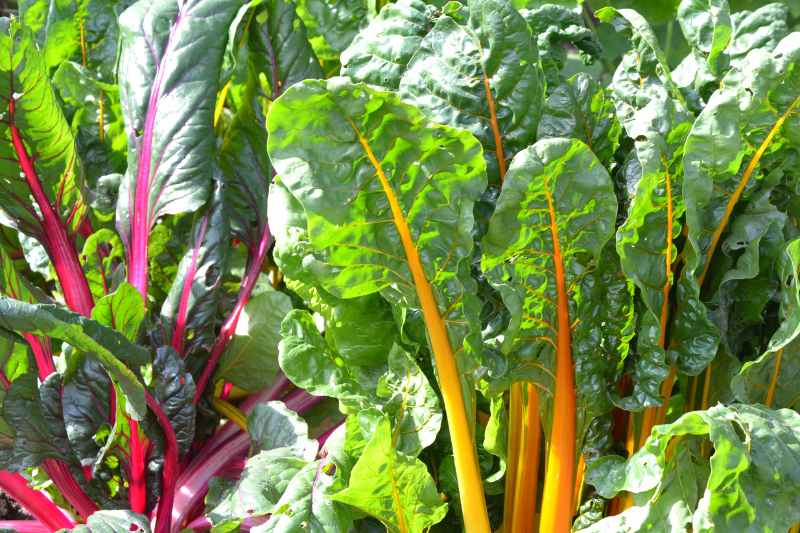
Which parts of chard are eaten?
You eat all of chard! Well... everything except the root! So, the leaf greens and the midribs or cardes are used to prepare tasty dishes. They are usually eaten cooked, but young chard shoots are similar to young spinach or beet leaves and can also be eaten raw.
How to prepare chard?
Chard requires a little more preparation than some vegetables, which may explain why it is less appreciated by some cooks.
Tender young leaves are used like shoots, to add to salads, and here no real preparation is needed, apart from rinsing of course. The white stalks (these are the petioles, which can be coloured depending on variety) and crunchy are harvested at ripeness, just like the leaves, which are left to grow to be cooked like spinach leaves. If leaves are fried in oil or butter until wilted, the cardes need peeling, as is done for rhubarb, to remove stringy fibres unpleasant on the palate, then cut into small sections for cooking.
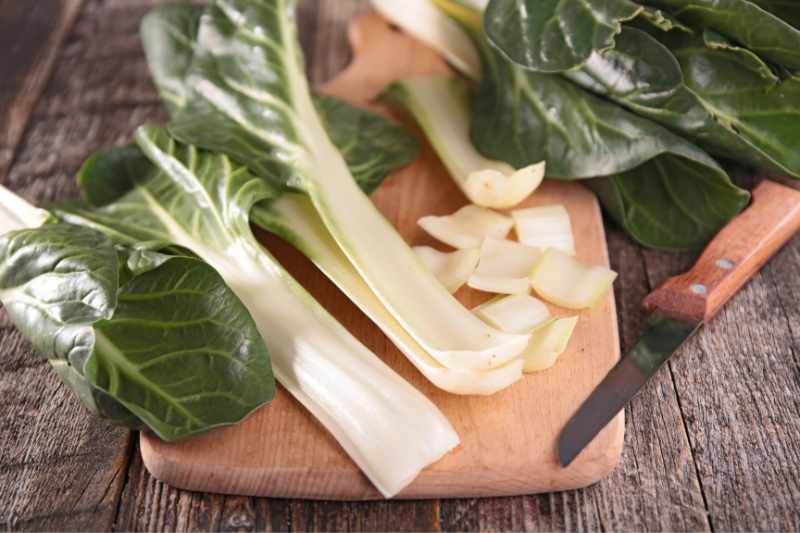
Some people also blanch chard for freezing. Personally, I recommend preparing this vegetable as fresh as possible, ideally on day of harvest, or the following day, because leaves wilt quickly. If cooking a warm preparation, fry midribs first, as they take longer to soften, then add roughly chopped leaves.

How to cook chard? A little world tour for inspiration
Well, chard can be enjoyed in many ways: starter, main course and even dessert! And, as you will see, this vegetable is cooked far beyond our borders...
Starter ideas with chard
As a starter, young shoots are often used like young beet shoots. You can, as in England, try a "rainbow chard salad", a salad of colourful chard varieties lightly sautéed for a cheerful touch, but also include chard in green soups. Or as in Corsica, make blastelles with chard, small pastries perfect for an aperitif or vegetarian starter.
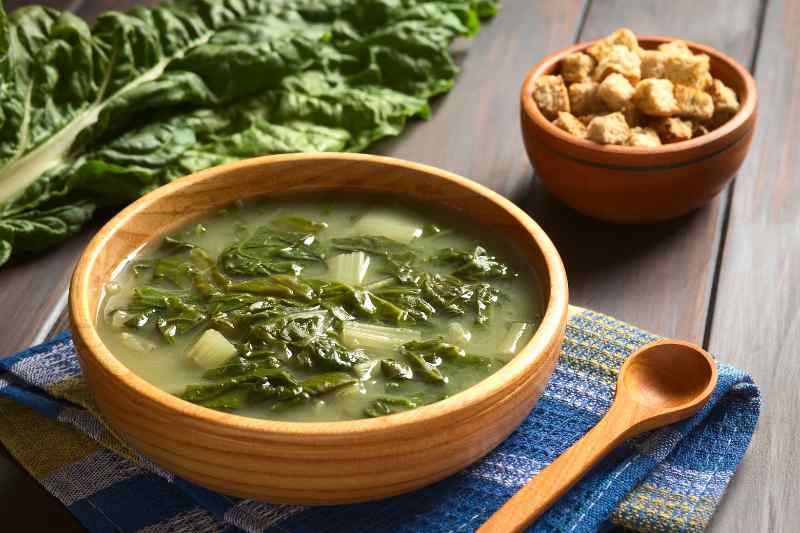
Main-course ideas with chard
These make delicious, very original vegetarian mains that showcase this ancestral vegetable. Chard can often replace many leafy vegetables for which the greens are cooked like spinach. For example, they work perfectly to fill böreks, those small oriental pastries, mixed with feta, or in an Asian version blended into vegetarian elements of a ramen noodle broth, and why not in a poke bowl? Here are some other ways to prepare them:
- French and Corsican versions: chard gratin with béchamel sauce is a classic. Combine leaf greens and white midribs in a béchamel, gratinated in the oven. In Nice, trouchia mixes eggs and raw chard in an extraordinary omelette. The chard pie, a true city tradition, is found sweet and savoury in many bakeries and stalls. A Niçoise delight to reproduce at home! The Storzapretti, Corsican dumplings with chard and brocciu, are another discovery to try.
- Oriental version: stuffed with rice, preparing chard leaves much like vine leaves.
- Italian version elevates chard by replacing spinach with chard greens in cannelloni, but also in gnocchi, risotto, a frittata, or simply sautéed with tomato sauce. You can also use finely sliced greens to colour a pizza!
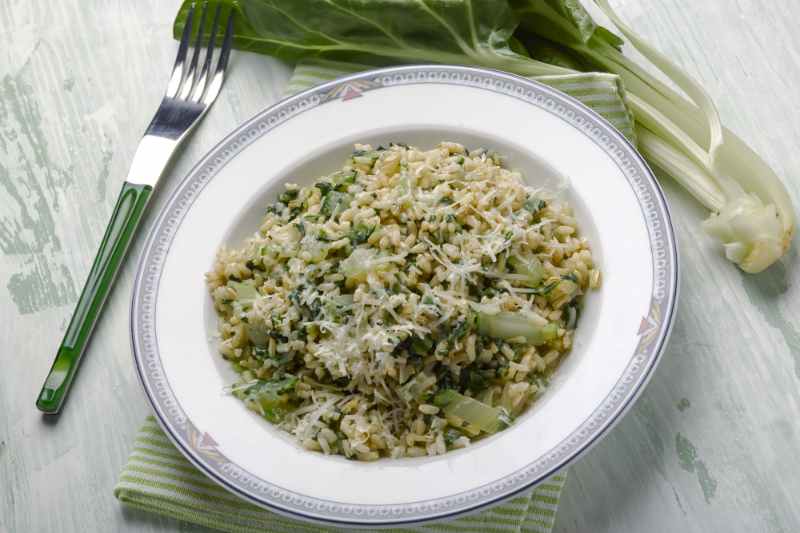
- In Switzerland, chard is often used as capuns, those delicious little vegetable parcels.
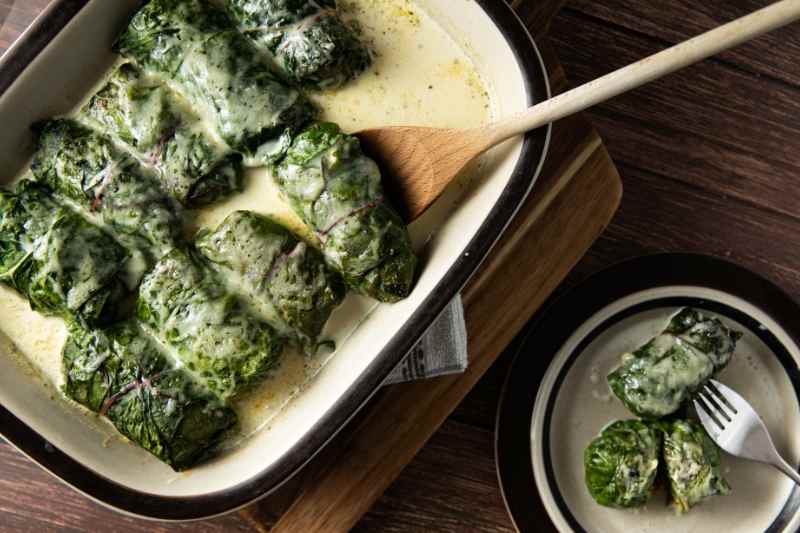
- Revisit Greek spanakopita, traditionally with spinach and feta, using chard: this flaky pastry is a summer treat.
- In Spain, chard is delicious in soups, but also added to rice for vegetarian paella variations.

- Escape to Black Sea shores with little egg nests filled with chard, the Pazi mihlamasi.
- Of course, breaded, sautéed in a vegetable fry or in a wok.
- Finally delicious in pies, tarts or quiches of colourful vegetables, adding peppers for example.
Dessert ideas with chard
Yes, really! It's even a typically French speciality, a delicious Niçoise culinary tradition: chard pie or tart. It is enriched with pine nuts and sultanas, sometimes rum or orange blossom water, and dusted with icing sugar. A Mediterranean getaway to finish a meal!
What pairs well with chard?
On pairing side, chard goes well with southern products such as olive oil, anchovies, olives, tomatoes, pine nuts, and with cheeses like ricotta, parmesan or pecorino, brocciu, etc. Garlic and onion are also its friends. It of course combines with egg-based preparations, and with other herbs, fine herbs, herbes de Provence, greens or leaves (parsley, mint, oregano, nettles, spinach, ramsons, maceron, etc.)
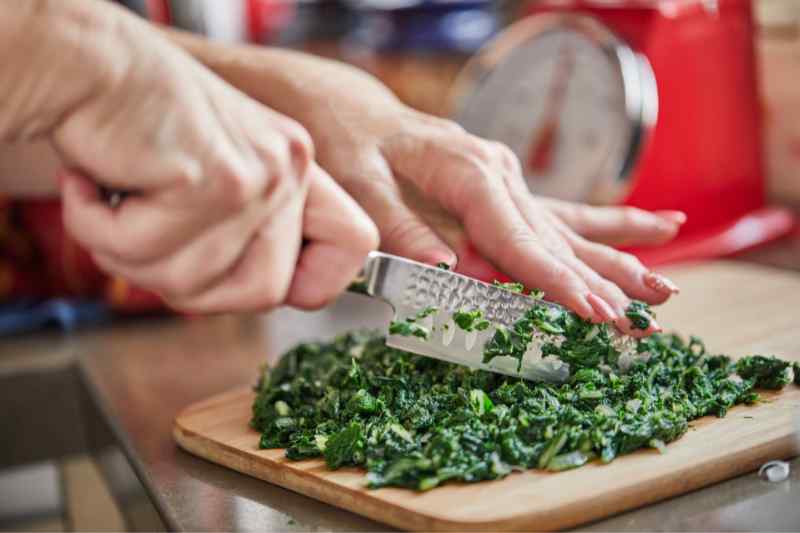
My tips for perfect chard cooking
Chard is one of those vegetables that wilt when cooked. Personally, I skip that step when making my favourite dish (see below), taking care only to cut midribs into small pieces so they cook through and become tender. However, always blanch leaves when used for stuffing. If you prefer to precook midribs in water, add a splash of lemon juice to brighten their rather bland flavour for some.
My favourite recipe with chard
Found in a long-lost magazine, I often cook chard the same way: a melting pie for which I make pastry by adding a little olive oil to a mix of flour and butter, and dried home-grown oregano, then my mix of white midribs and greens sautéed in a pan, to which I add an egg yolk and grated pecorino, and a few pine nuts. Baked in the oven, it goes very well with a salad.
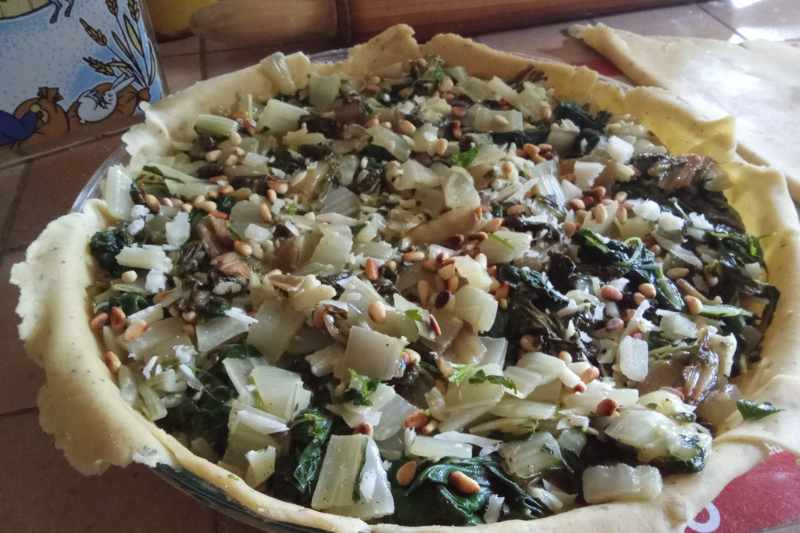
Learn more
- You will know everything about chard in our complete file: Poirée, bette à carde, chard: planting, growing, harvest.
- Want beautiful vegetables in vegetable patch...or garden! Read all our articles on the subject: Edimental garden: beautiful and productive at once; Foodscaping: how to create an edible garden at home; Curiosity vegetable patch: 7 surprising plants to discover; Ornamental vegetables in the vegetable patch,
- Discover all Niçoise cuisine on this excellent site: Cuisine niçoise. And, the chard gratin by Hélène Darroze, a famous French chef, with duck fat...































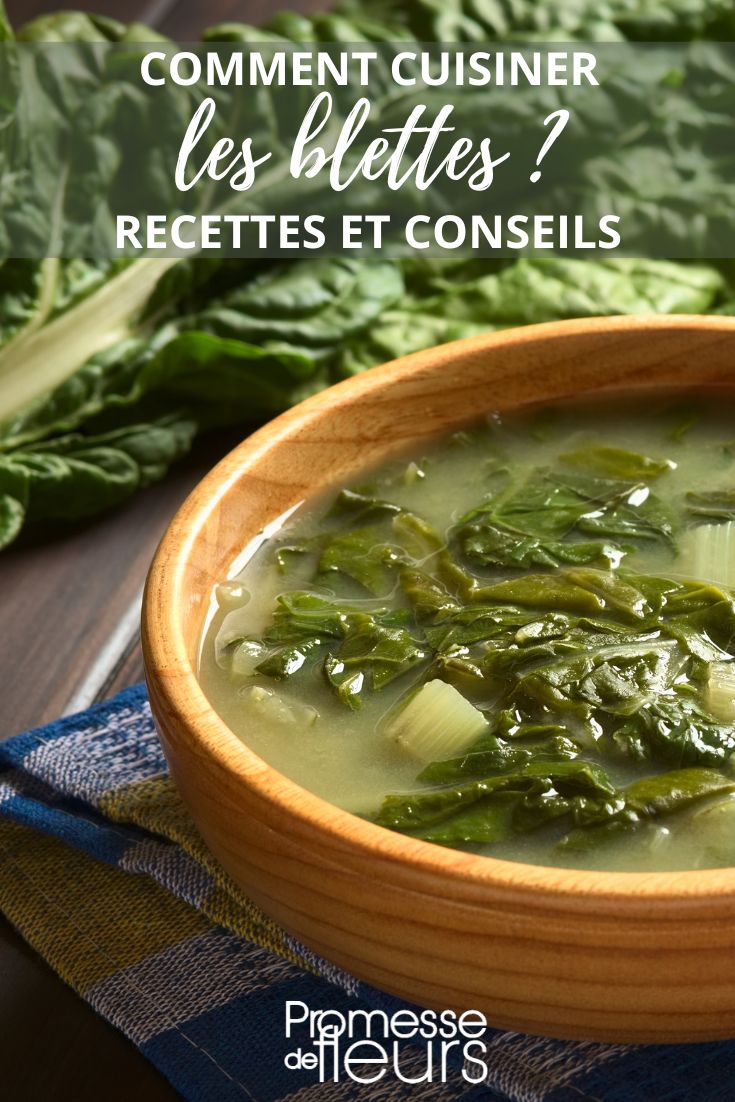
Comments